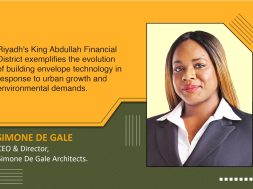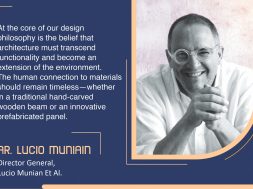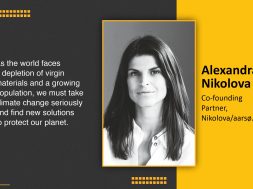Making a visual identity for the Riyadh skyline
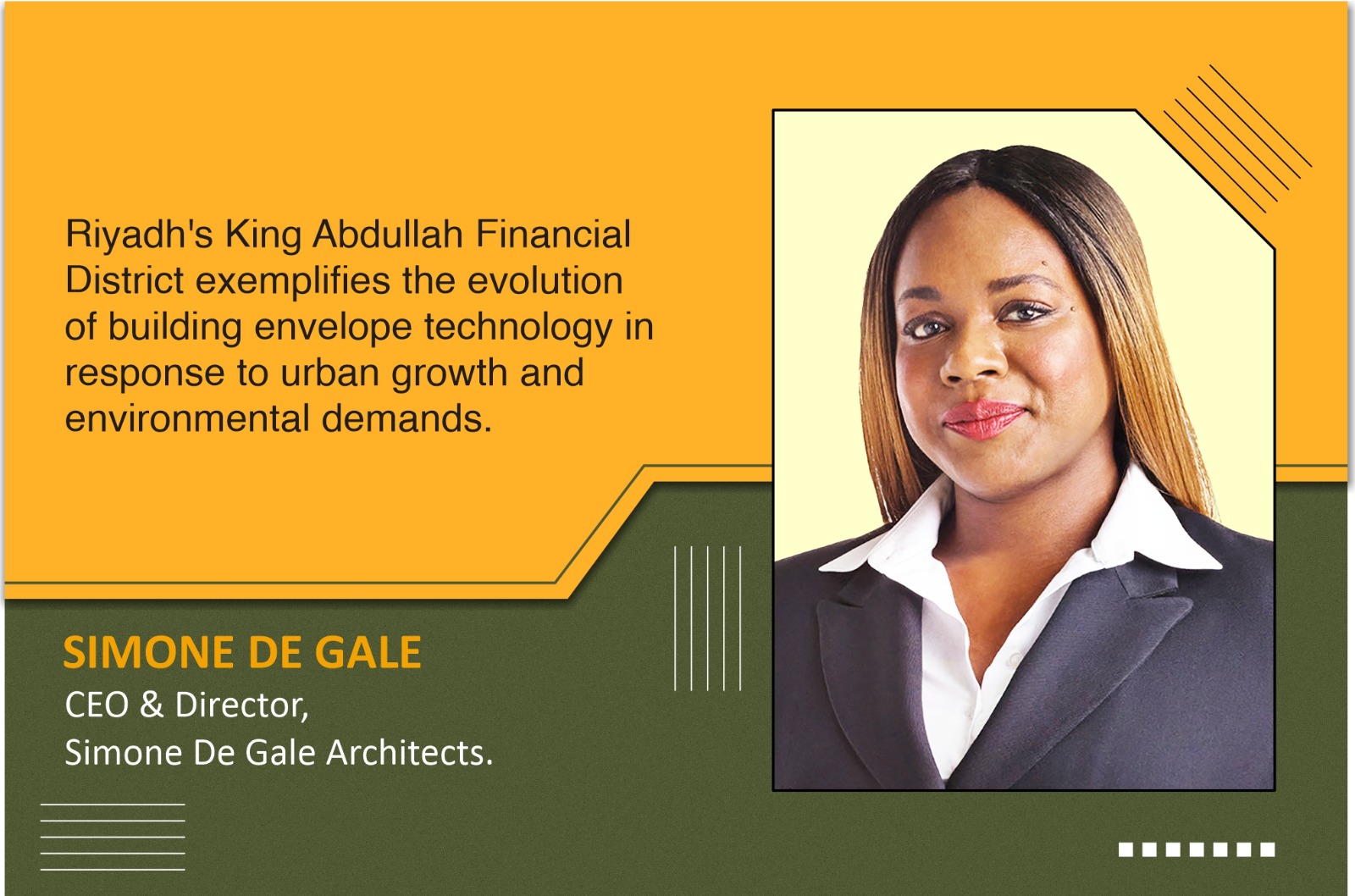
Building envelopes, often referred to as a structure’s “skin,” play a critical role in defining its energy efficiency, aesthetics, and overall performance. Innovative materials, technologies, and design strategies transform how buildings interact with their surroundings.
King Abdullah Financial District (KAFD) in Riyadh, Saudi Arabia, is a region geared by rapid urbanisation and a harsh desert climate. The design and execution of building envelopes for this region demands innovative strategies to address unique challenges like extreme climate, material availability, and maintenance. The building envelopes developed for some of the buildings in this region demonstrate how architecture can adapt to environmental challenges while maintaining aesthetic and cultural relevance. By prioritising sustainability and leveraging advanced tools, Riyadh sets a precedent for urban development in desert climates, offering valuable insights for global cities facing similar challenges.
Designing building envelopes for buildings in Riyadh involves carefully balancing traditional architecture, modern technologies, and sustainability. One key strategy is developing a climate-responsive design, considering the extreme temperatures experienced. For building envelopes to be high-performing, advanced insulation, reflective materials, shading devices, double-skin facades, and ventilated air gaps are recommended. Some of our other strategies are integrating shading devices, adopting high-performance glazing systems, smart façade technologies, and adhering to sustainability and green building standards.
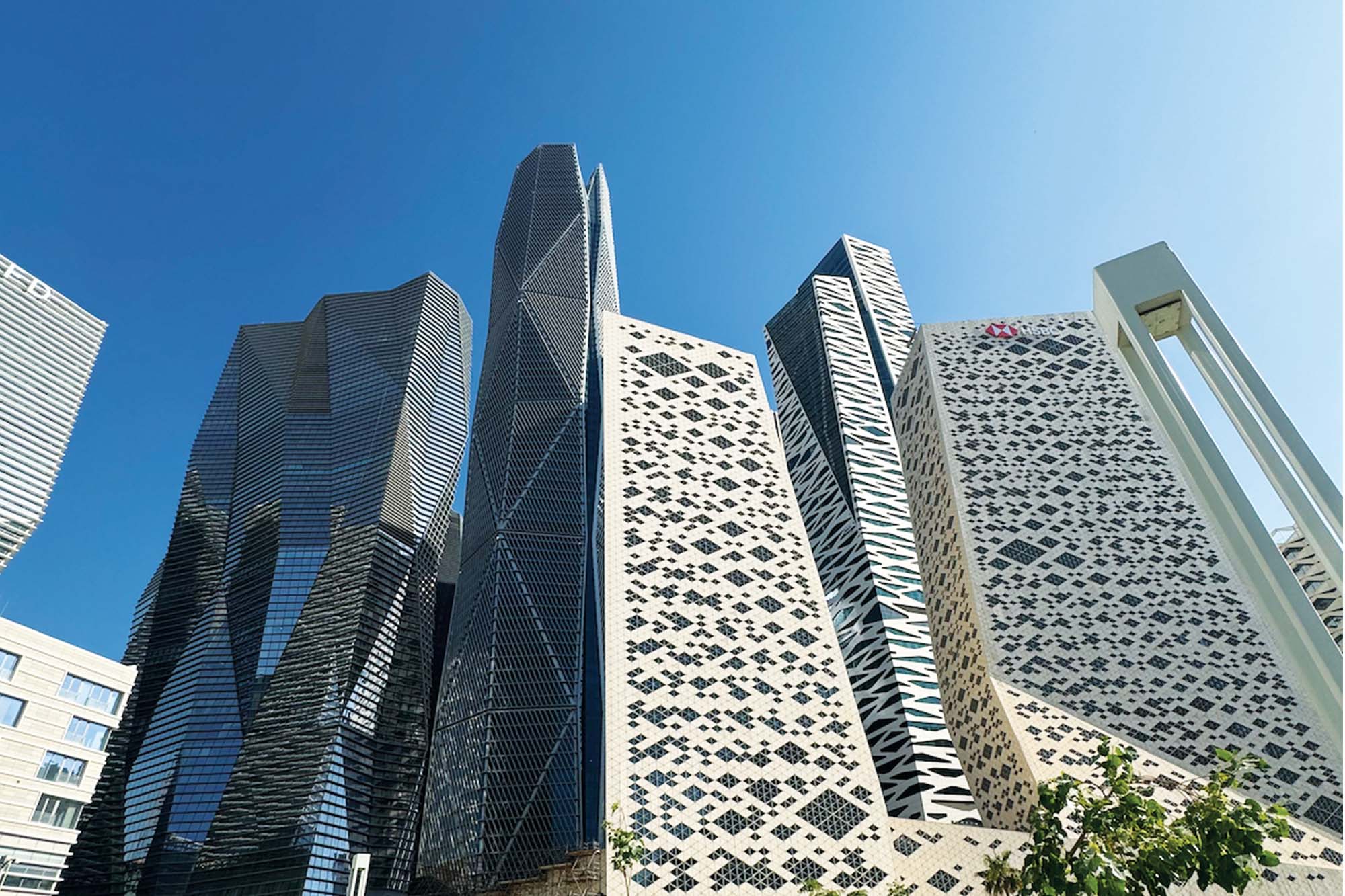
Modern shading solutions, including louvres, overhangs, and dynamic façades inspired by traditional mashrabiya screens, can be adopted. These features reduce solar heat gain and enhance aesthetic appeal and cultural identity. Glass façades are highly recommended to mitigate intense solar radiation. Low-emissivity (low-e) coatings, spectrally selective films, and triple glazing helped balance daylighting and thermal insulation. Other innovative solutions include dynamic glazing that adjusts transparency based on light conditions and real-time monitoring of building envelope performance to optimise energy use and occupant comfort. The district’s construction aligns with Saudi Vision 2030’s sustainability goals, with many projects incorporating solar panels, green roofs, and rainwater harvesting systems into building envelopes, supporting LEED and Estidama certifications.
Despite adopting innovative strategies, extreme weather conditions, balancing aesthetics and performance, local material availability, preserving cultural context and regulation, and maintenance pose challenges. Riyadh’s climate poses risks such as thermal expansion, UV degradation, and sand abrasion, all of which can compromise the longevity of building materials. The financial district’s iconic skyline demands visually striking façades, but achieving this without compromising energy efficiency or structural integrity is challenging. The reliance on imported high-performance materials can increase costs and lead times. Adhering to modern design aspirations and traditional Saudi architectural values requires careful planning. Additionally, local building codes necessitate strict compliance, especially concerning energy efficiency. Dust accumulation from frequent sandstorms necessitates regular cleaning and maintenance, which can be resource-intensive and expensive.
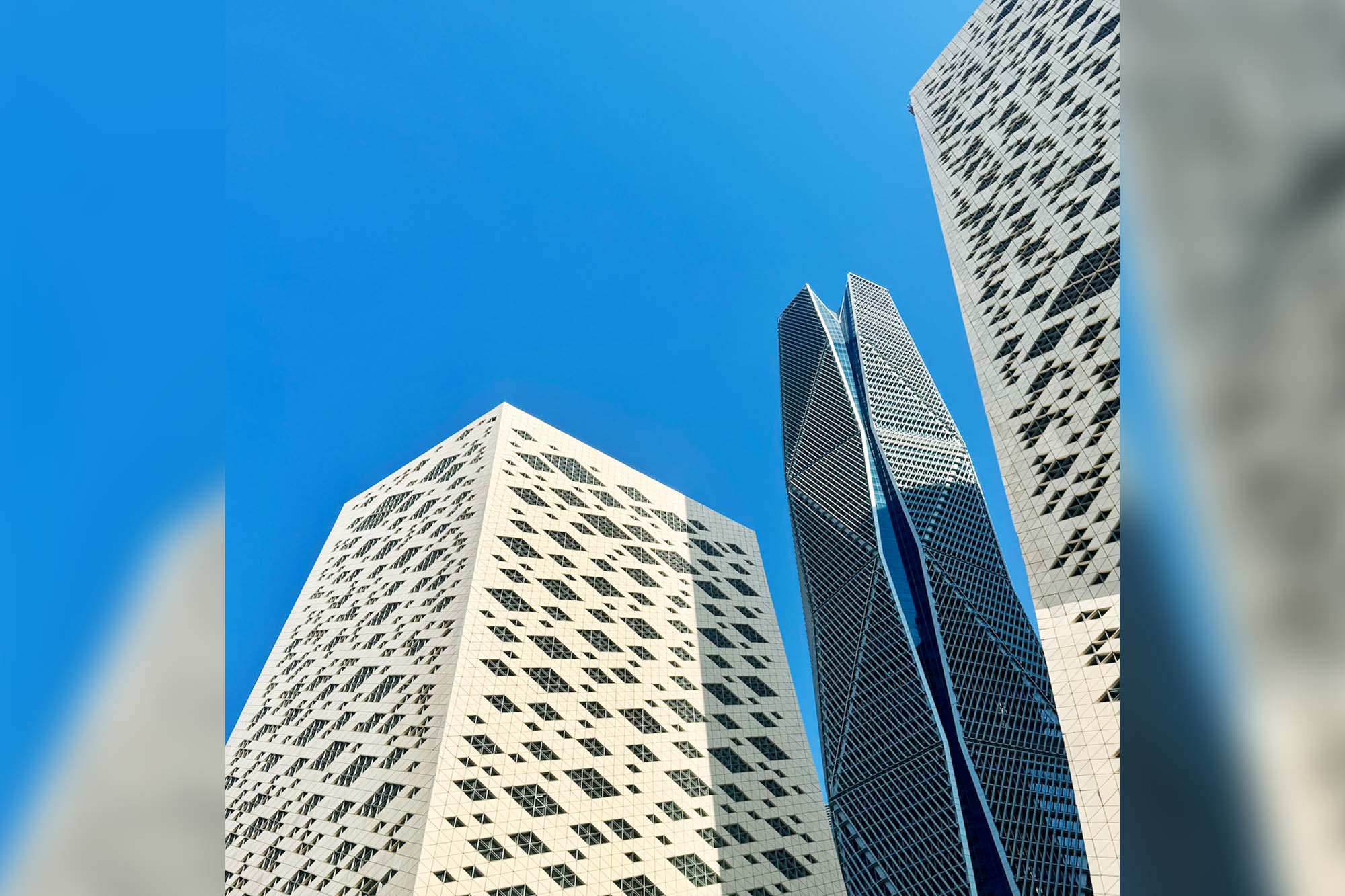
King Abdullah Financial District leads the adoption of cutting-edge technologies and concepts, setting trends likely to influence global architectural practices, including parametric design, integration of renewable energy, bio-climatic design, prefabrication and modular construction, and adaptive façades. Integrating high-performance glazing, double-skin façades, and shading systems provides effective building envelope solutions tailored to the region’s climate. The use of parametric designs and smart facades has enhanced the visual identity of Riyadh’s skyline while improving building performance.
For more details, visit: https://simonedegale.com/
Cookie Consent
We use cookies to personalize your experience. By continuing to visit this website you agree to our Terms & Conditions, Privacy Policy and Cookie Policy.
